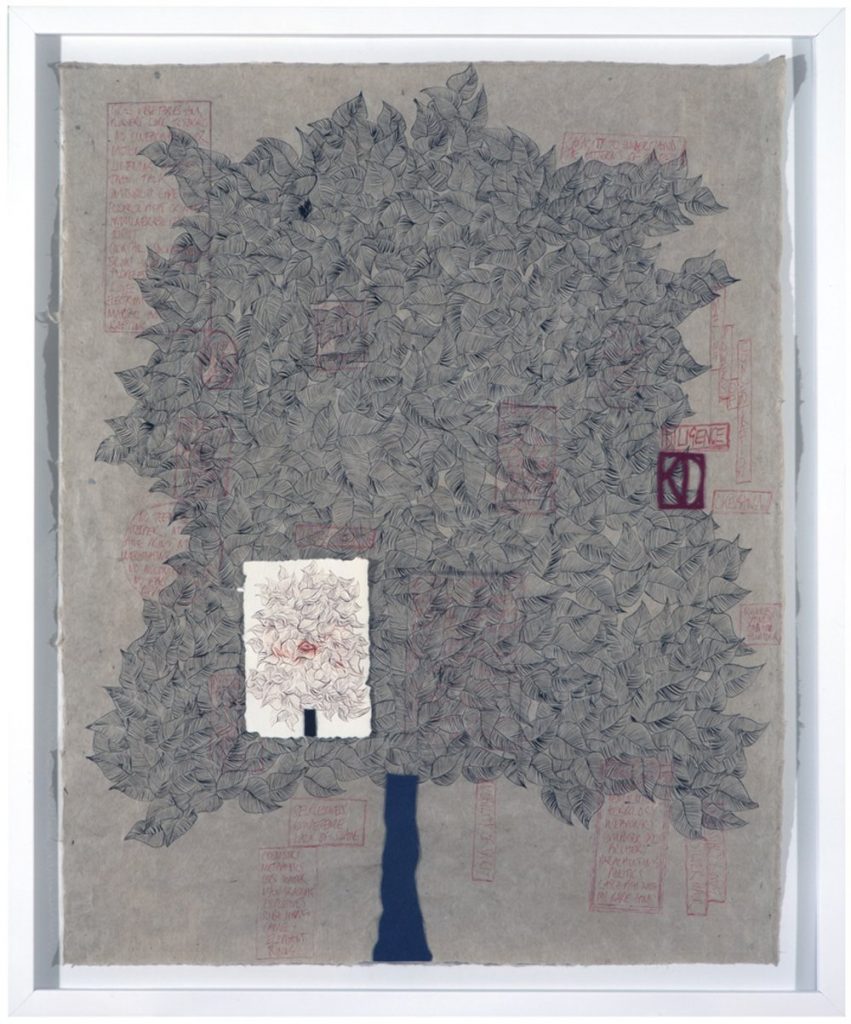Konstantin (Kostya) Novoselov (Nobel Prize in Physics 2010) strikes out artistically, again. The last time was in 2018 (see my August 13, 2018 posting about Novoselov’s project with artist Mary Griffiths).
This time around, Novoselov and artist, Kate Daudy, will be creating an art piece during a demonstration at the Mobile World Congress 19 (MWC 19) in Barcelona, Spain. From a February 21, 2019 news item on Azonano,
…
Novoselov is most popular for his revolutionary experiments on graphene, which is lightweight, flexible, stronger than steel, and more conductive when compared to copper. Due to this feat, Professors Andre Geim and Kostya Novoselov grabbed the Nobel Prize in Physics in 2010. Moreover, Novoselov is one of the founding principal researchers of the Graphene Flagship, which is a €1 billion research project funded by the European Commission.
At MWC 2019, Novoselov will join hands with British textile artist Kate Daudy, a collaboration which indicates his usual interest in art projects. During the show, the pair will produce a piece of art using materials printed with embedded graphene. The installation will be named “Everything is Connected,” the slogan of the Graphene Flagship and reflective of the themes at MWC 2019.
The demonstration will be held on Tuesday, February 26th, 2019 at 11:30 CET in the Graphene Pavilion, an area devoted to showcasing inventions accomplished by funding from the Graphene Flagship. Apart from the art demonstration, exhibitors in the Graphene Pavilion will demonstrate 26 modern graphene-based prototypes and devices that will revolutionize the future of telecommunications, mobile phones, home technology, and wearables.
…
A February 20, 2019 University of Manchester press release, which originated the news item, goes on to describe what might be called the real point of this exercise,
Interactive demonstrations include a selection of health-related wearable technologies, which will be exhibited in the ‘wearables of the future’ area. Prototypes in this zone include graphene-enabled pressure sensing insoles, which have been developed by Graphene Flagship researchers at the University of Cambridge to accurately identify problematic walking patterns in wearers.
Another prototype will demonstrate how graphene can be used to reduce heat in mobile phone batteries, therefore prolong their lifespan. In fact, the material required for this invention is the same that will be used during the art installation demonstration.
Andrea Ferrari, Science and Technology Officer and Chair of the management panel of the Graphene Flagship said: “Graphene and related layered materials have steadily progressed from fundamental to applied research and from the lab to the factory floor. Mobile World Congress is a prime opportunity for the Graphene Flagship to showcase how the European Commission’s investment in research is beginning to create tangible products and advanced prototypes. Outreach is also part of the Graphene Flagship mission and the interplay between graphene, culture and art has been explored by several Flagship initiatives over the years. This unique live exhibition of Kostya is a first for the Flagship and the Mobile World Congress, and I invite everybody to attend.”
More information on the Graphene Pavilion, the prototypes on show and the interactive demonstrations at MWC 2019, can be found on the press@graphene-flagship.euGraphene Flagship website. Alternatively, contact the Graphene Flagship directly on press@graphene-flagship.eu.
The Novoselov/Daudy project sounds as if they’ve drawn inspiration from performance art practices. In any case, it seems like a creative and fun way to engage the audience. For anyone curious about Kate Daudy‘s work,
